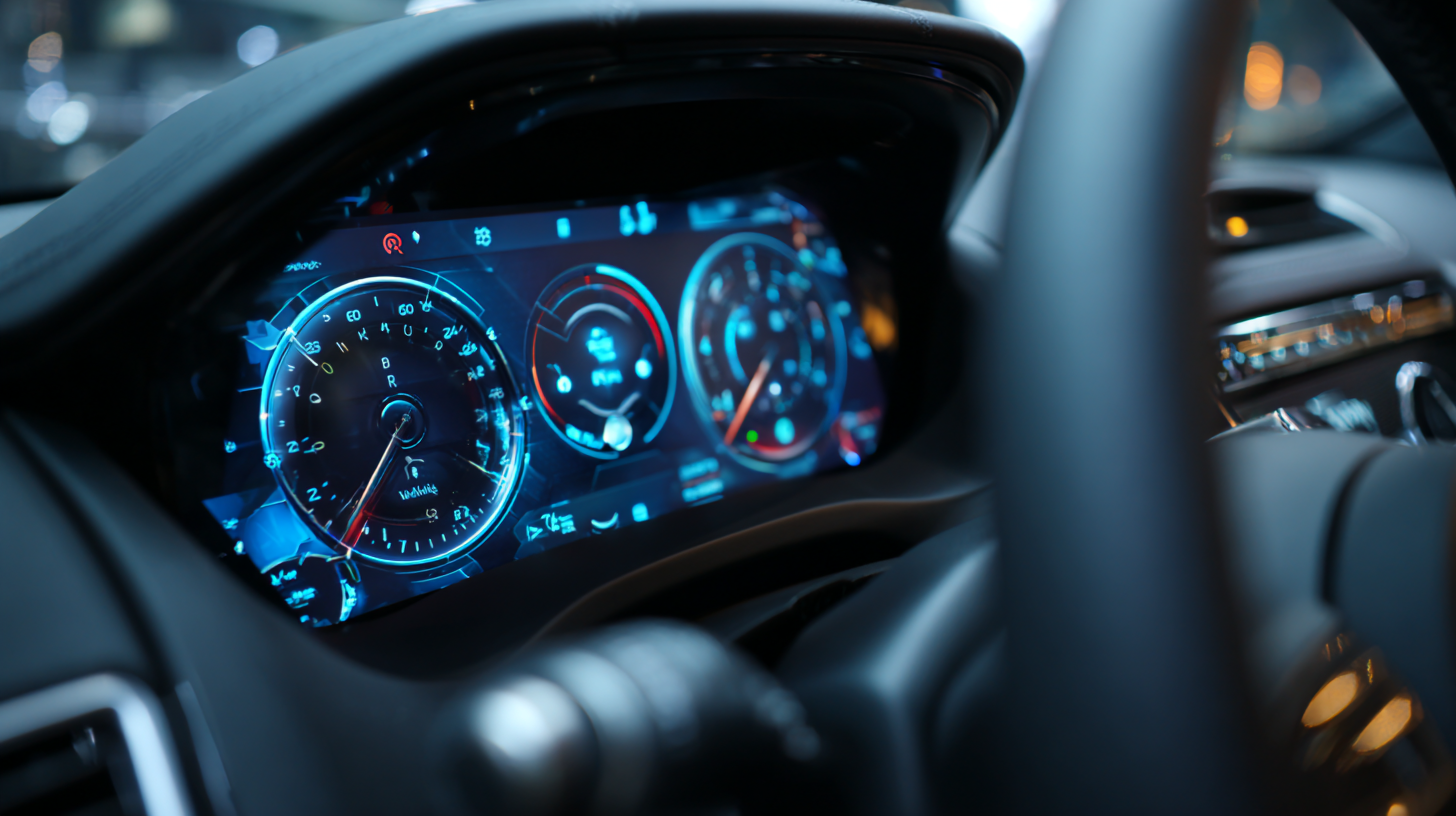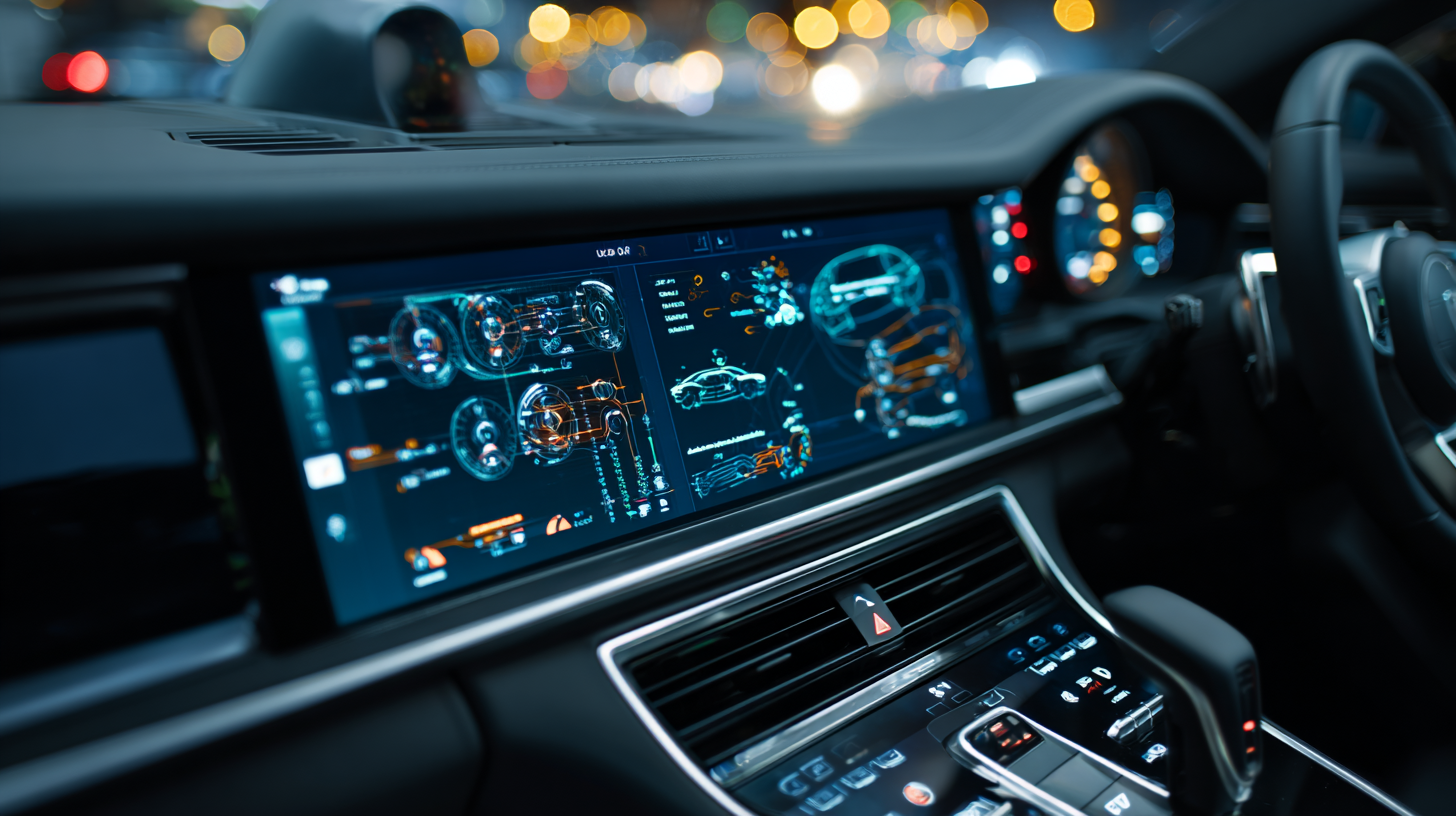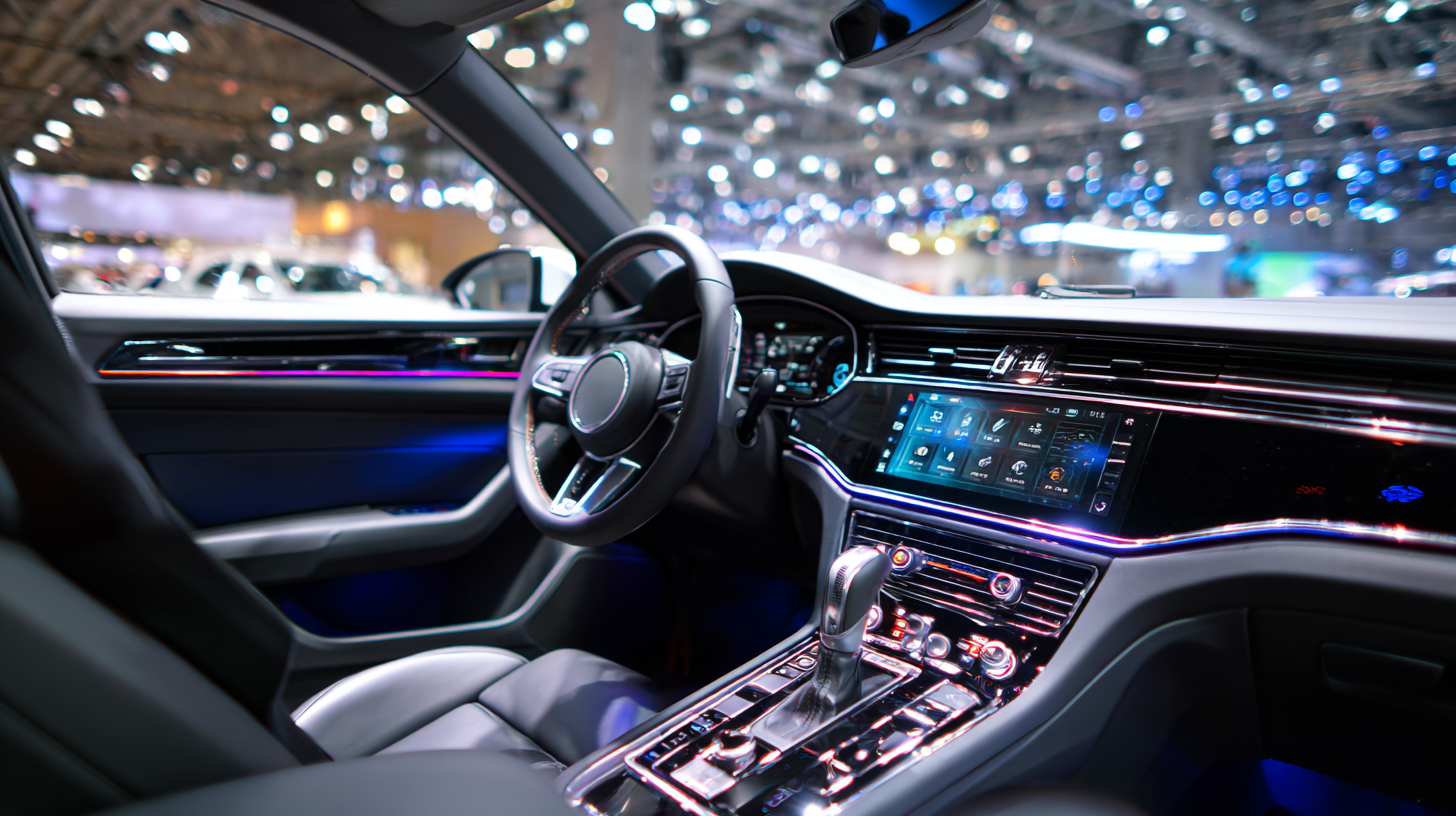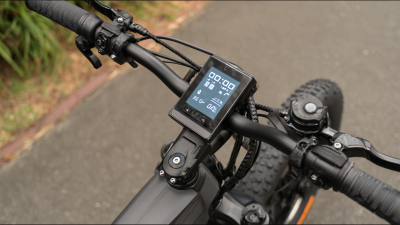The advent of Automotive LCD Display technology has significantly transformed modern vehicle design and functionality, leading to enhanced user experiences and greater vehicle integration. According to a report by MarketsandMarkets, the automotive display market is projected to reach $37.6 billion by 2025, driven largely by the increasing demand for advanced driver assistance systems (ADAS) and in-vehicle infotainment solutions. With innovations such as touch responsiveness and customizable interfaces, Automotive LCD Displays are at the forefront of integrating infotainment and vehicle controls, offering drivers intuitive access to navigation, entertainment, and vehicle diagnostics. Furthermore, the growing trend towards electrification and autonomous driving is further fueling the development of sophisticated display systems that not only enhance driver awareness but also contribute to overall vehicle safety. As the industry evolves, understanding the impact and potential of Automotive LCD Displays becomes essential for manufacturers and consumers alike, paving the way for a smarter, more connected automotive future.

The evolution of automotive LCD displays has significantly transformed vehicle design, blending technology with aesthetics to enhance user experience. Initially, vehicles utilized traditional analog gauges and rudimentary displays, which provided limited information to drivers. As consumer demands for safety, convenience, and connectivity increased, manufacturers began integrating LCD displays that could offer real-time data, touch interfaces, and customizable screens. This shift not only improved functionality but also allowed for a more streamlined and modern dashboard design.

With advancements in display technology, automotive LCDs have evolved to be more than just information panels; they have become central to the vehicle's overall design philosophy. Modern vehicles now feature large, high-definition screens that support various applications, such as navigation, media controls, and vehicle diagnostics. The ability to integrate with smartphones and other devices has further transformed how drivers interact with their vehicles, ushering in features like voice commands and touch-sensitive controls. As automotive LCD displays continue to advance, their role in creating aesthetically pleasing and user-friendly environments will only deepen, ensuring that vehicle design keeps pace with technological innovations.
The automotive industry is undergoing a significant transformation with the integration of advanced LCD display technologies. Key features driving these advancements include enhanced resolution, improved color accuracy, and innovative design flexibility. Modern LCD displays now offer seamless integration into vehicle dashboards, infotainment systems, and even rear-view mirrors, allowing for a more interactive user experience. These displays are not just tools for information dissemination; they also serve as essential elements for driver safety and comfort, optimizing how information is presented in real-time.
At SID 2025, Micro LED technology emerged as a game-changer, showcasing its potential in various applications including automotive displays. This cutting-edge technology boasts impressive brightness, energy efficiency, and the ability to create thinner panels. As the automotive sector increasingly prioritizes lightweight and space-saving designs, Micro LED displays are set to redefine visual clarity and aesthetics in modern vehicles. With the global paper-thin displays market expected to grow substantially, innovations in this field are likely to influence future automotive designs, enhancing the overall driving experience.
The integration of LCD displays in modern vehicles is significantly transforming user experience and enhancing driver safety. As the automotive display system market is projected to reach USD 35 billion by 2033, with a compound annual growth rate (CAGR) of 7.82%, the focus on advanced infotainment, navigation, and driver-assistance features is paramount. Modern displays not only provide essential information but also serve as the interface for various interactive features, thus improving overall user engagement while driving.
Recent advancements, such as Micro LED-based augmented reality head-up displays (HUDs), highlight the shift towards innovative display technologies that promote safer driving conditions. Local dimming techniques and the use of field-programmable gate arrays (FPGAs) are paving the way for displays that enhance visibility and reduce distractions. These innovations are critical in addressing safety concerns, as they allow drivers to receive vital information without taking their eyes off the road. With the rise of AI-enabled vehicle assistants enhancing communication and reducing cognitive load, it is evident that automotive displays are integral to the future of safe and effective driving experiences.
The future of automotive display technology is poised for transformative innovations that will redefine the driving experience. As consumer demands for enhanced connectivity and interactivity in vehicles continue to rise, manufacturers are embracing advanced display solutions. One significant trend is the integration of augmented reality (AR) displays, which overlay critical information onto the driver’s field of view. This technology not only provides real-time navigation assistance but also promotes safer driving by reducing the need for drivers to divert their attention from the road.
Another promising development is the rise of flexible and curved displays, enabling manufacturers to design seamless interfaces that blend aesthetics with functionality. These innovative displays can be customized to suit various vehicle designs, enhancing the overall user experience. Furthermore, advancements in OLED and microLED technologies are set to improve display clarity, contrast, and energy efficiency, making it easier for drivers to access information at a glance.
As automotive display technology continues to evolve, it will play a crucial role in the transition toward autonomous vehicles, further integrating with vehicle systems to provide intuitive interfaces that streamline driving operations.
The implementation of automotive LCD displays in modern vehicles has revolutionized user interfaces and enabled advanced functionalities. However, the transition to these high-tech displays comes with significant challenges. One of the primary considerations is the integration of LCD technology with existing vehicle systems. Ensuring compatibility not only enhances performance but also guarantees safety features are not compromised, which is critical in automotive design.
Another challenge is the durability of LCD displays under varying environmental conditions. Factors such as temperature fluctuations, humidity, and exposure to sunlight can affect the display's functionality and longevity. Manufacturers must focus on creating robust displays that can withstand these elements without sacrificing performance.
Tips: When selecting an LCD display for automotive applications, consider the temperature range and the level of brightness required for visibility under direct sunlight. Additionally, prioritize displays that offer protective features against scratches and impacts to enhance durability. Finally, ensure that the display has a quick response time to maintain a seamless user experience while driving.







